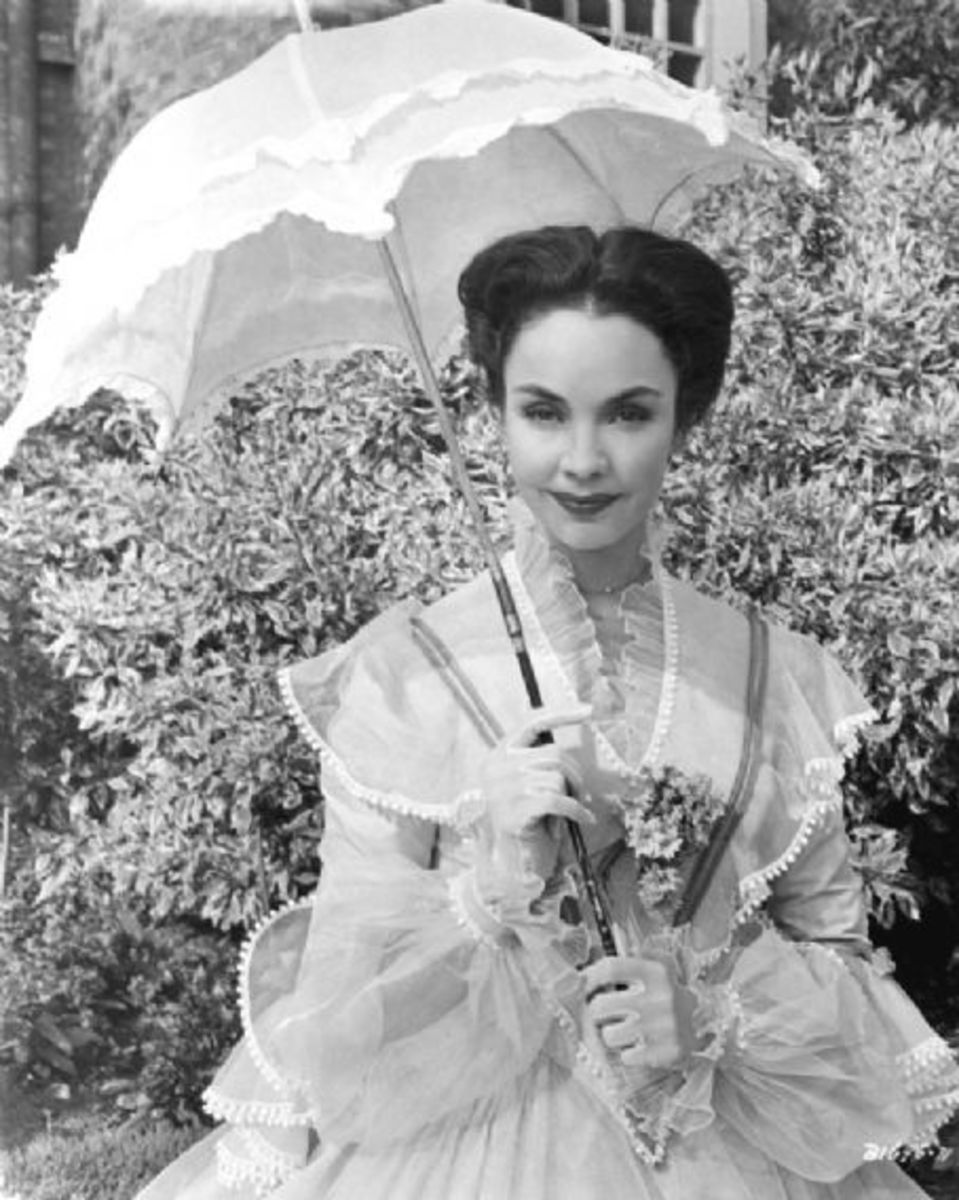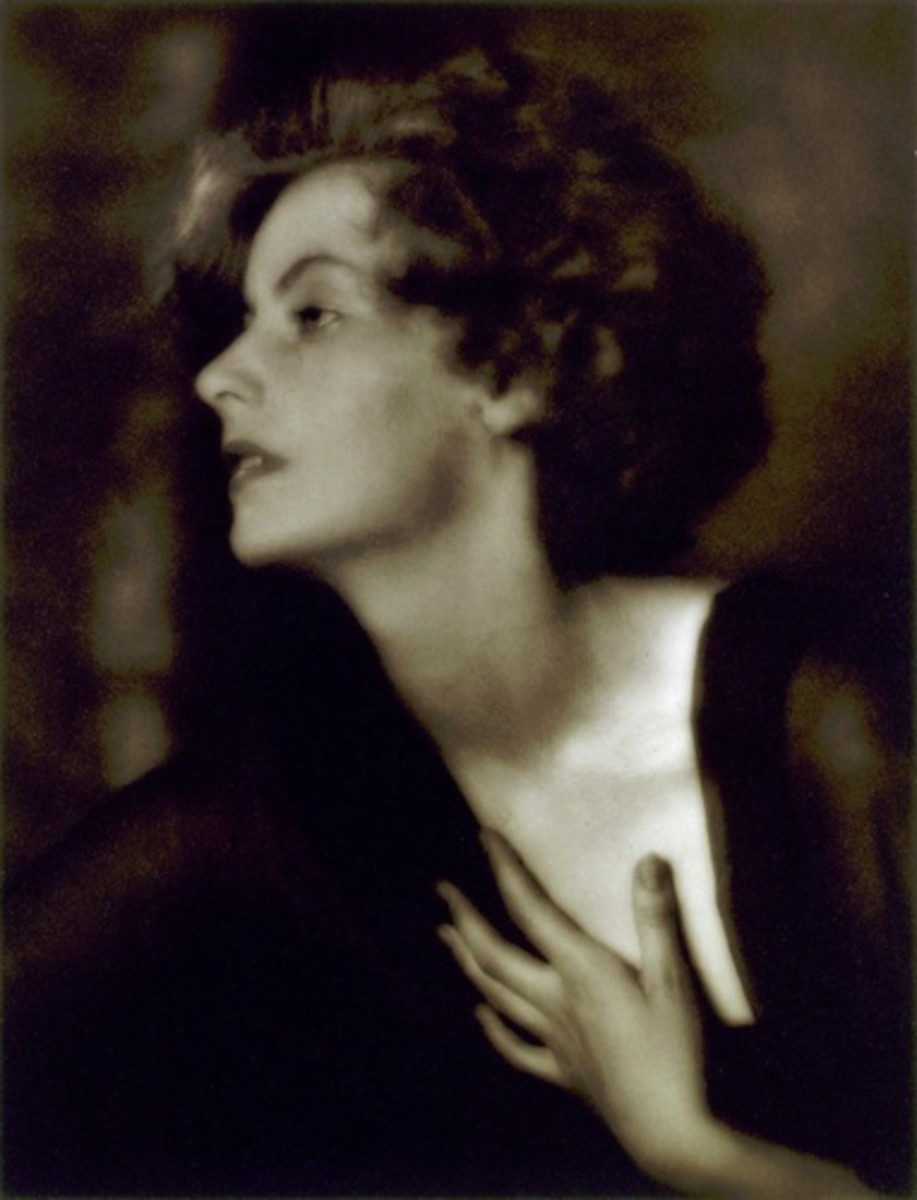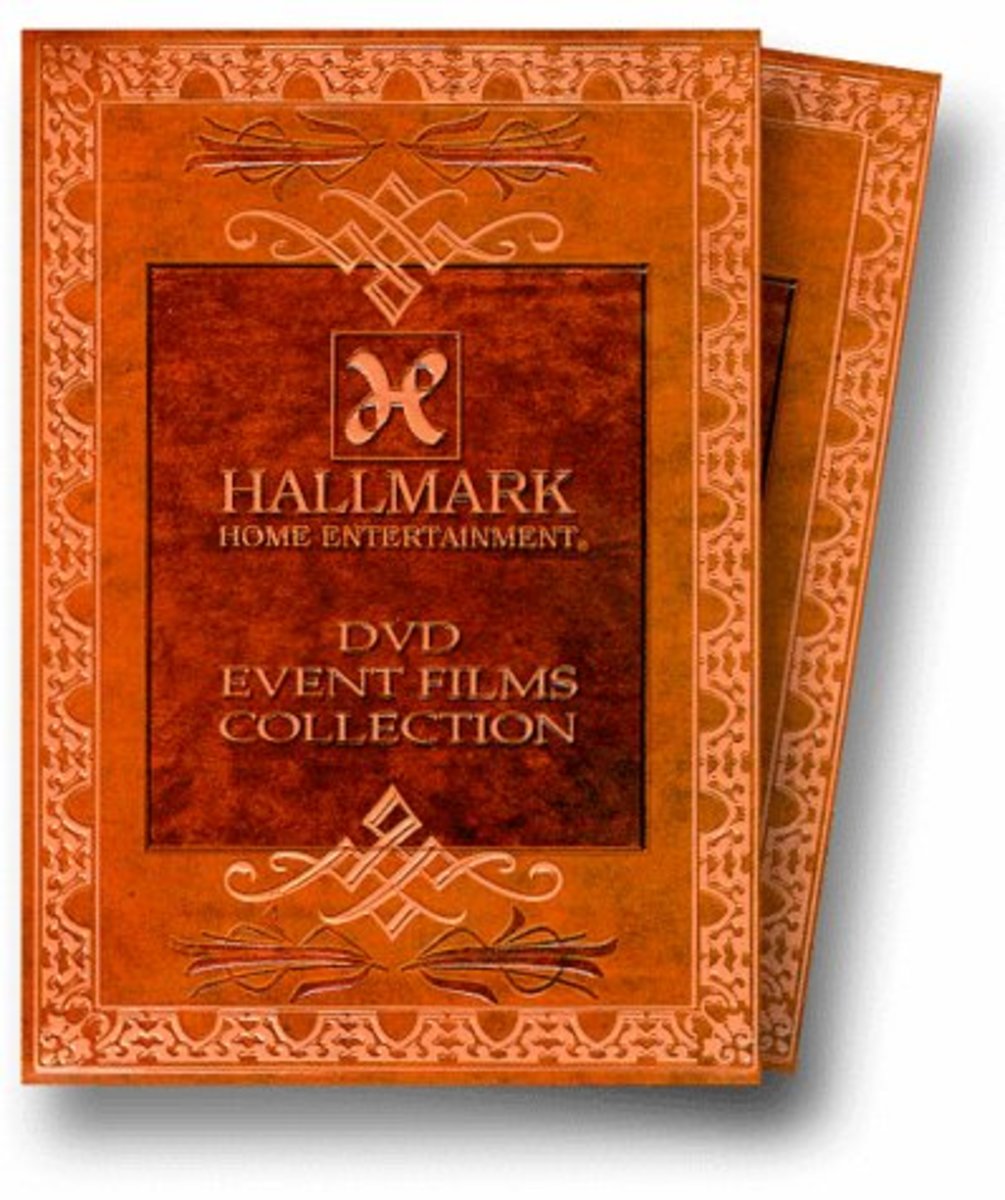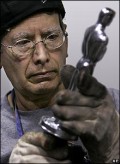Hollywood Oscars, The Very Beginning
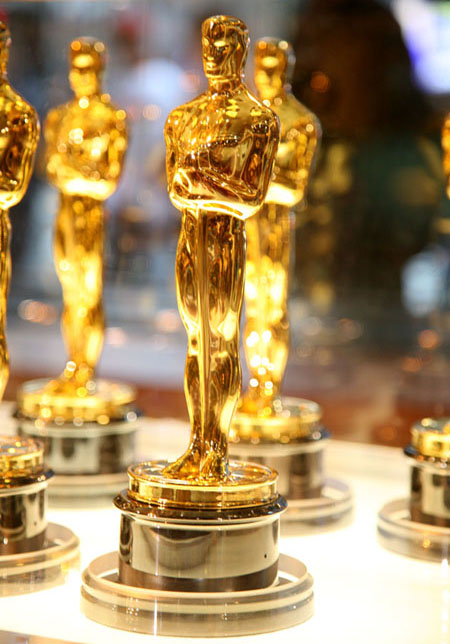
Hollywood Oscars
The Oscar ceremony as we know it today is the highlight of the movie year. Actors and film makers who are involved receive a tidal wave of media attention and free publicity at a presentation ceremony which has become one of the most prominent, glamorous and most hyped in the world.
But what we see today is a far cry from the original awards ceremony. Today's frenzied publicity behemoth has developed from much simpler beginnings.
A much more intimate Dinner with just 15 statuettes awarded. At that time they were not yet called 'Oscars' - that came later. The story begins in 1929......
1929 The First Ceremony
That first ceremony took place on May 16, 1929, at the Hotel Roosevelt in Hollywood attended by 270 people, who paid $10 a ticket, and was not deemed worthy of broadcasting by local or national radio stations. Every ceremony since then has been broadcast.There was no suspense when the awards were presented that night as the winners had already been announced three months earlier.
Although the ceremony lasted several hours over a leisurely dinner, the actual awards presentation was over in a few minutes. The event was hosted by swashbuckling actor Douglas Fairbanks and director William C. DeMille (brother of the more famous Cecil B. DeMille).
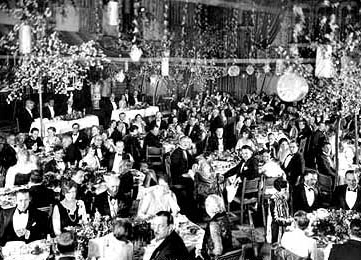
Oscar Reference Site
- Hollywood Oscars
Hollywood Oscars.com is a unique information and reference site about the Academy Awards, the actors and actresses, the directors and the great movies they made. The site is fast loading and easily navigable. All the Stars. All the Movies!
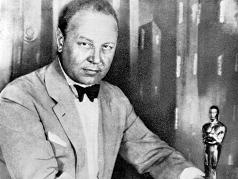
Best Actor - Emil Jannings
The 1929 ceremony presented awards for cinematic achievements during the previous 2 years (1927 and 1928).
The awards were originally presented for multiple films, not just one performance, and the very first Academy Award was for Best Actor and went to the German tragic actor, Emil Jannings, for 'The Way of All Flesh' in 1927 and 'The Last Command' in 1928. As he had to return to Europe before the ceremony, the award had actually been presented to him one month previously. (His statuette is now exhibited in the Berlin Film Museum.)
This makes for a number of 'Firsts' - The First Award, The first foreign winner and the first no-show winner at an Academy Award presentation. Another little known fact is his involvement with the Nazi movement before and during the Second World War (he made several anti-British propoganda films for Goebbels) which also makes him the first Nazi to win an award.
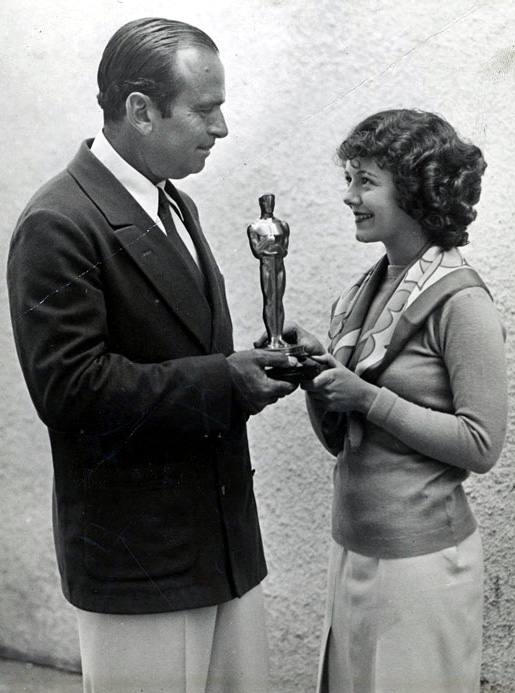
Best Actress - Janet Gaynor
The first Best Actress Award went to American actress Janet Gaynor for her performances in 'Seventh Heaven' and 'Sunrise: A Song of Two Humans' in 1927 and 'Street Angel' in 1928. She gave one of the best quotes about the first ceremony as well. She explained in later years that, as it was the very first ceremony she had no idea of the historical importance of what was happening, and "At the time, I think I was more thrilled over meeting Douglas Fairbanks."
Best Director and Best Picture
The Best Director Award was split into two separate categories, Drama and Comedy which were won respectively by Frank Borzage for 'Seventh Heaven' in 1927 and Lewis Milestone for 'Two Arabian Knights' in 1927. This was the only year that the Best Director Award was split in this way. Similarly, for the first year only, the Best Picture Award was split into two sections: one for the "most outstanding motion picture production" and one for the "most unique, artistic, worthy and original production".
It is easy to forget that until 1927 all commercial movies were silent. By the time of the first ceremony in 1929 Talkies had just arrived and one of the first great successes was 'The Jazz Singer', starring Al Jolson which by rights should have been eligible to compete for the Best Picture Award. The Academy made the decision that it was not fair to allow sound movies to compete with silent films. So 'The Jazz Singer' was excluded from consideration and the first official Best Picture winner was the World War I drama, 'Wings', directed by William Wellman. The epic 'Sunrise', directed by F.W. Murnau, won the "unique and artistic" Best Picture category, the only movie ever to have done so, as the category was discontinued from the following year.
Thus the original awards list reads as follows:
Best Picture, Production: Wings
Best Picture, Unique and Artistic Production: Sunrise: A Song of Two Humans
Best Actor in a Leading Role: Emil Jannings in The Last Command
Best Actress in a Leading Role: Janet Gaynor - 7th Heaven (also for Street Angel and Sunrise: A Song of Two Humans)
Best Director, Comedy Picture: Lewis Milestone - Two Arabian Knights
Best Director, Dramatic Picture: Frank Borzage - 7th Heaven
Best Writing, Original Story: Ben Hecht - Underworld
Best Writing, Adaptation: Benjamin Glazer - 7th Heaven
Best Writing, Title Writing: Joseph Farnham
Best Cinematography: Charles Rosher, Karl Struss - Sunrise: A Song of Two Humans
Best Art Direction: William Cameron Menzies - Tempest, The Dove
Best Effects, Engineering Effects: Roy Pomeroy - Wings
The First Winners
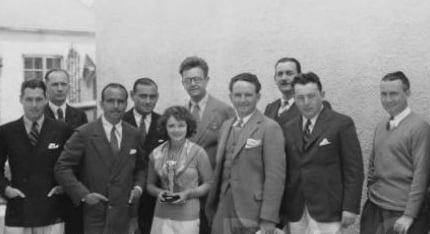
More Great Hollywood Hubs
- Ward Bond, Was He In EVERY Movie?
Ward Bond was an actor in many movies of Hollywood's Golden Age, always in supporting roles. He finally achieved fame on television as Major Seth Adams in the 'Wagon Train' series. - Barbara Payton, A Sad, True Tale of Hollywood
Barbara Payton's life is a classic tale of lost chances. At one time she seemed to have it all-money, fame, love, but she died aged just 39, having spent years as a street prostitute. - Sex Scandals of Early Hollywood
Young attractive people have flocked to Hollywood from 1915 onwards. Starstruck young hopefuls fall prey to scheming agents, actors,and producers. Tragedy and sex scandals are often the result.
The Statuette
And what is the prize that all the fuss is about? It is just about the most recognisable award in the world and it has not changed its basic design since it was first created in 1929. It was designed in the Art Deco style by one of the Academy founder members, the MGM Art director, Cedric Gibbons, in the form of a crusader holding a double-edged sword and standing on a reel of film. The reel is made up of five spokes which signify the Academy’s five original branches - Actors, Writers, Directors, Producers, and Technicians.
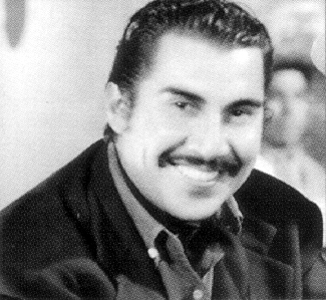
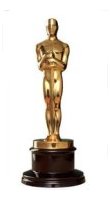
The model for the statue was a Mexican actor called Emilio Fernández, who in 1928 was working as an extra in Hollywood, after escaping from a Mexican jail three years earlier where he had been incarcerated for supporting the Mexican revolution. He had become part of the Mexican community in Los Angeles where he met the actress Dolores del Rio. She was at the time married to Cedric Gibbons and when she introduced Fernadez to her husband the actor accepted the commission to pose nude for the proposed award. Fernandez later returned to Mexico where he became extremely well known as a movie actor and top director, partnering amongst others, Dolores del Rio.
The statuette for which he posed is 13.5 inches tall and weighs a hefty 3.85 kilos. Gibbons's design was created in clay by Los Angeles sculptor George Stanley, before being cast in tin and copper and then being gold plated. Its official title is the Academy Award of Merit but of course it is better known by its nickname "Oscar".
Oscar, The Name
Although officially called "The Academy Award of Merit", the statuette is of course better known worldwide as the "Oscar", and even the Academy bowed down before popular usage and started calling its own creation by its nickname in 1939. There are a number of conflicting and unconfirmed stories about how the award got its name.
One theory is that one of the directors of the Academy, Margaret Herrick, made the comment that the statuette looked like her Uncle Oscar. Another theory concerns a claim by Bette Davis that the award reminded her of her husband's bottom and as his name was Harmon Oscar Nelson the statue became known as Oscar. The first written use of the name was in the column of entertainment reporter Sidney Skolsky in 1934.
Much has changed since that first ceremony back in 1929. Movies and stars have come and gone, fashions have changed, and some of the awards have changed or been replaced. But the Oscars are still very much with us. They have grown up beyond all recognition into the glamorous, magical event we know today - the biggest awards ceremony on earth.
Discover Your Hidden Writing Talent
- Sign In to HubPages
HubPages membership is totally FREE community - So get writing, make friends (and if you want) Make Some Money!




